A Look into DDP: Brooklyn Tech’s Freshman Design Course
The PLTW Design & Drafting for Production (DDP) course has played a major role in Brooklyn Tech’s curriculum, as every freshman must take a full year of the course. On transcripts, the class is marked as two art credits to fulfill New York State’s requirements. In this way, Tech’s approach is very unorthodox, as most schools offer fine arts, music, or performing arts courses to satisfy the requirement.
Unlike other art courses, DDP follows a technical curriculum with heavy attention to engineering and analytical skills, incorporating creativity through design. It may be listed as an art credit, but due to the nature of the course, it is not always viewed that way by students and teachers.
The course is taught in a unique fashion, with a project based-learning approach. Mr. Coyle, who has been teaching DDP for almost 14 years, explained that “there is no real solution to [the course],” and he grades upon “the journey [of] getting there.” While many classes evaluate a student based on an end product, or ability to memorize and understand concepts, DDP challenges a student’s ability to create detailed ideas and plans that they can strengthen through projects.
Coyle added, “I used to be very reliant on their curriculum and now I’m very reliant on my projects and my ideas because I think if they’re interesting for me, then they’re gonna be fun and interesting for the students.”
With DDP containing many technical units and following a different curriculum of creativity and learning, many students have contrasting perspectives amongst their peers on the course as a result of their expectations and experiences.
Angelina Gao (‘26) reflected that she “initially thought that DDP would be a very intense and hard, detail-oriented environment” after getting advice from upperclassmen, but her personal experience with the course was positive. “It’s very hands-on and [it is] relieving to have someone teach us new things in a different way,” she explained. Gao added that it’s important for students to have this class because “it’s a class where students can have fun with their ideas and learn how to create and grow their design skills.”
While it does enhance student creativity, DDP also concentrates heavily on technical skills. Joyce Lin (‘25), explained that “DDP was a very intense class, I expected it to be very laid-back and more art and design-based, but I realized there were lots of strict rules with being specific and precise with everything.”
Lin agreed that “there were some units where we had to use different skills, and sometimes we did very exact and technical projects, but there were also times where DDP was open to our own imagination, like making characters for the Automata project, or doing perspective drawings, but there were lots of rules and parameters I had to follow, which reminded me the difference between engineering design and art.”
Mr. Taylor, who has been teaching DDP for six years, has seen that students “haven’t had much experience with organization and computers, DDP does a lot of technical drawing and portfolios, which new students haven’t really seen before.”
Through DDP, students are able to pick up management skills and find comfortability with online tools, while also enhancing their design skills.

Shoilee Mandal (she/her) is the editor of Arts and Entertainment. She joined The Survey to bring light...










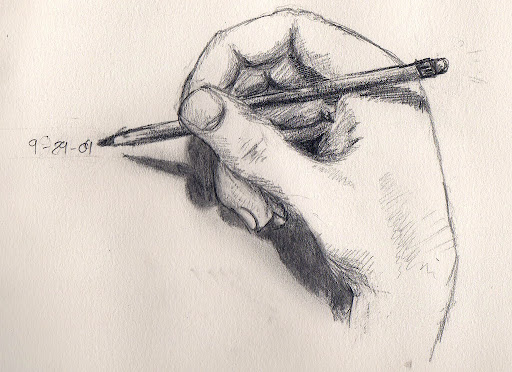



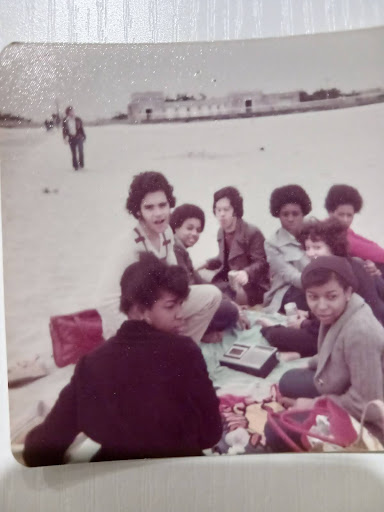


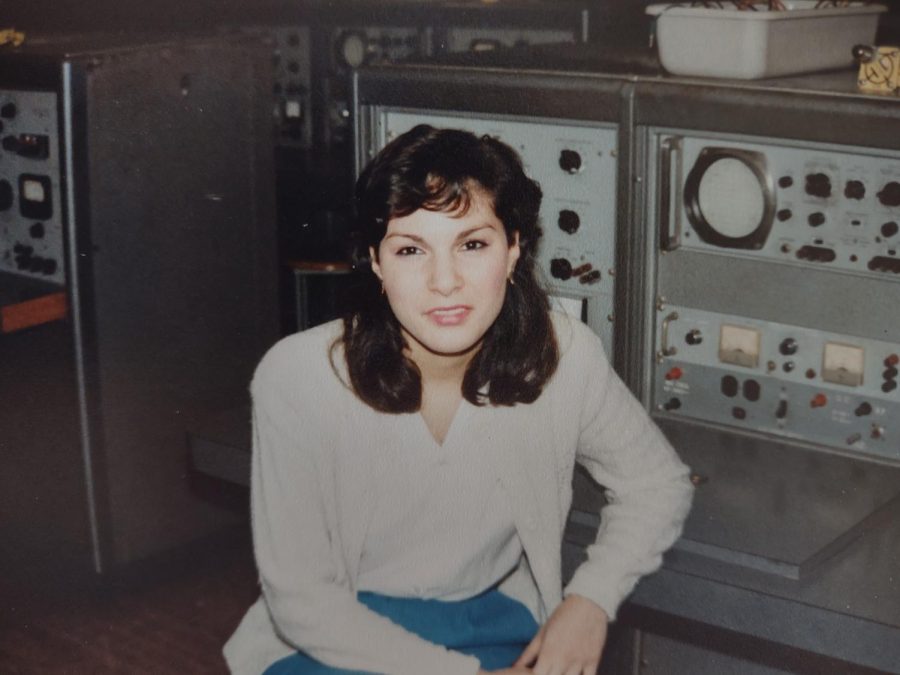
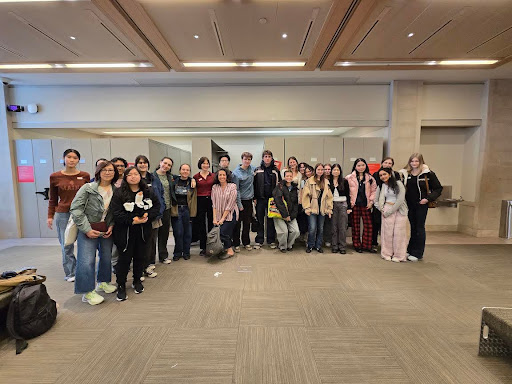
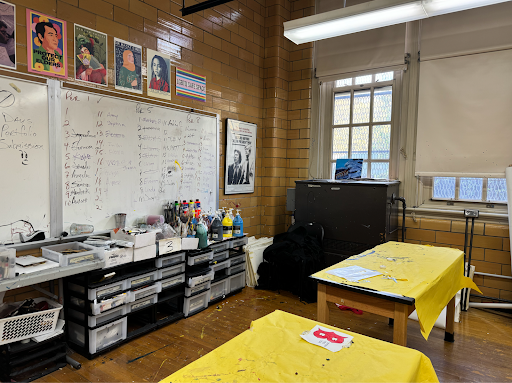








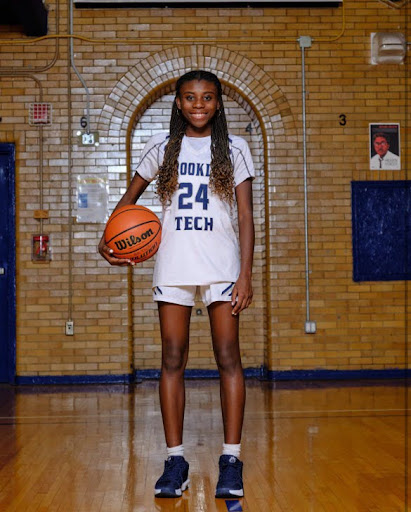
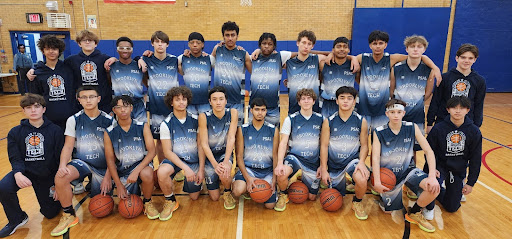




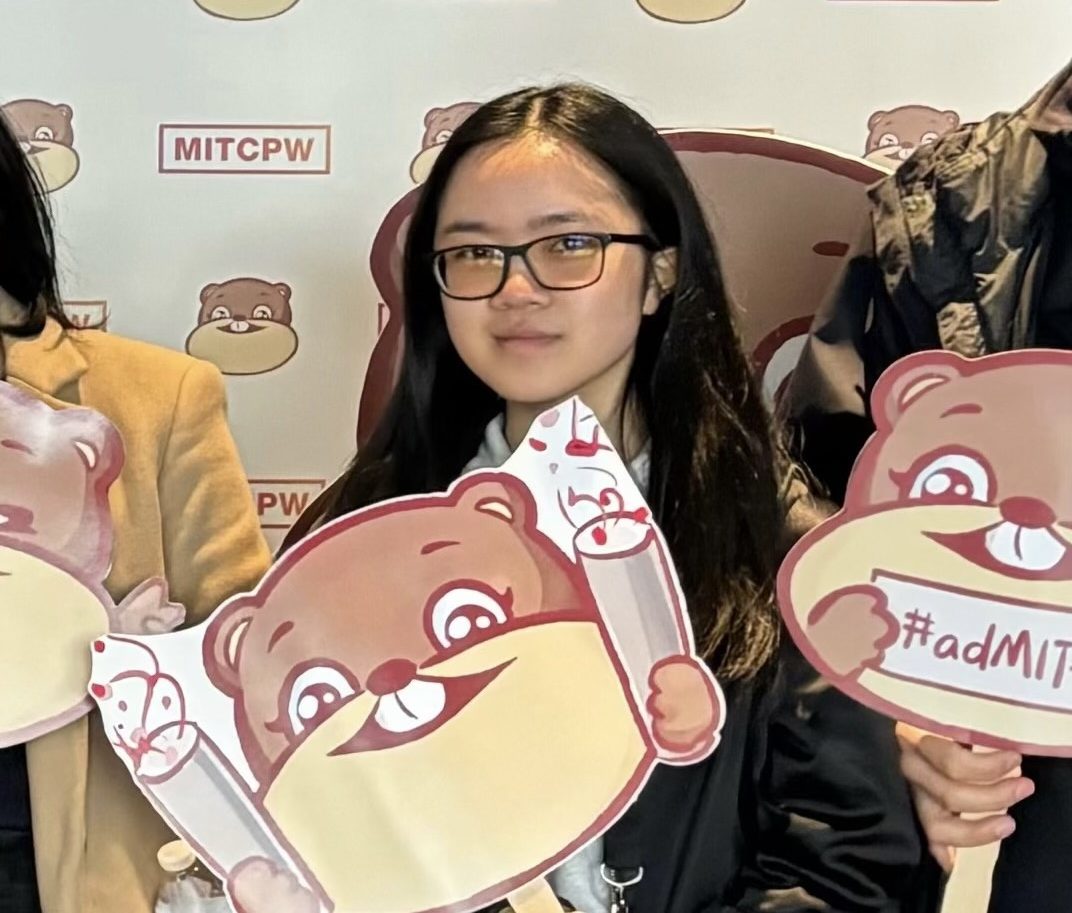



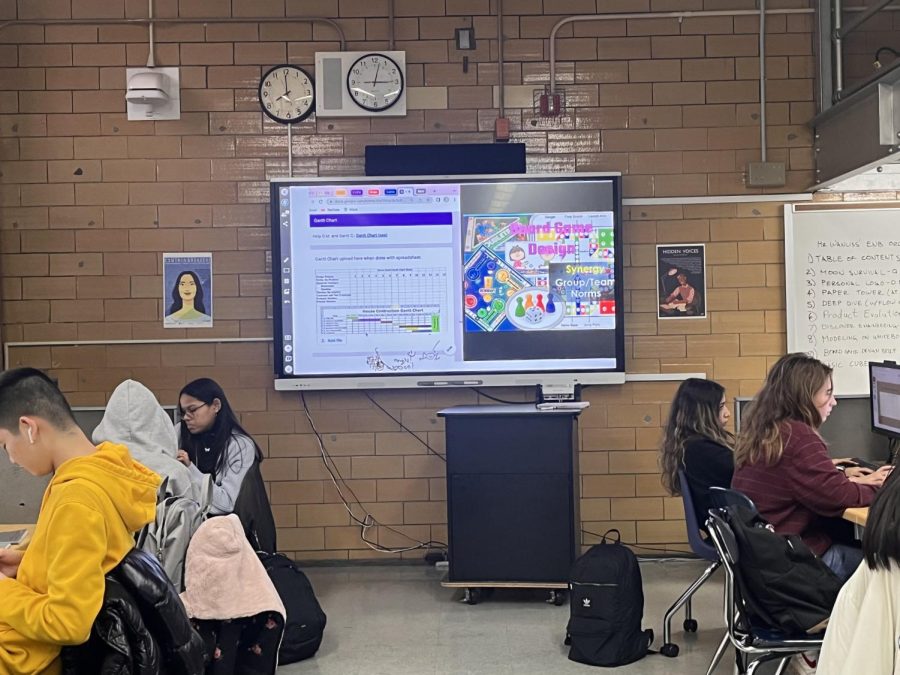


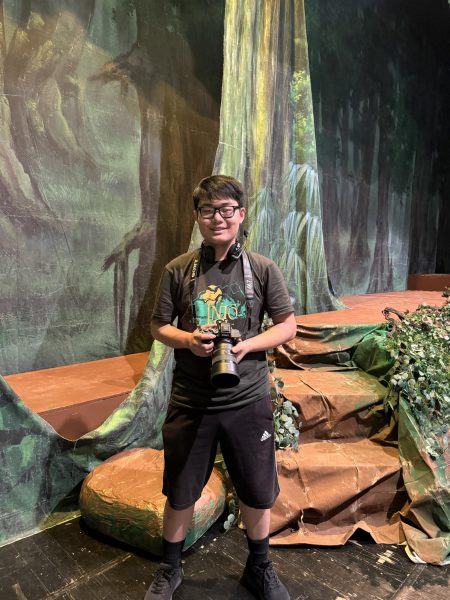
Nora Tenorio • Apr 5, 2023 at 3:34 am
Hello there! Would you mind if I share your blog with my facebook group? There’s a lot of people that I think would really enjoy your content. Please let me know. Thanks
Joseph Donahue • Dec 13, 2022 at 2:34 am
Heya i am for the first time here. I found this board and I find It really useful & it helped me out much. I hope to give something back and help others like you helped me.